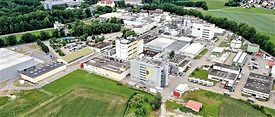Home » Keywords: » Surfactants
Items Tagged with 'Surfactants'
ARTICLES
Integrating Reactive Surfactants to Improve Water Resistance in Coatings
Reactive or Proactive?
Read More
An Easy Additive Approach for Replacing Fluorocarbon Surfactants
in Water-Based Paints for Hot Block Resistance
Read More
Keep the info flowing with our eNewsletters!
Get the latest industry updates tailored your way.
JOIN TODAY!Copyright ©2025. All Rights Reserved BNP Media.
Design, CMS, Hosting & Web Development :: ePublishing







